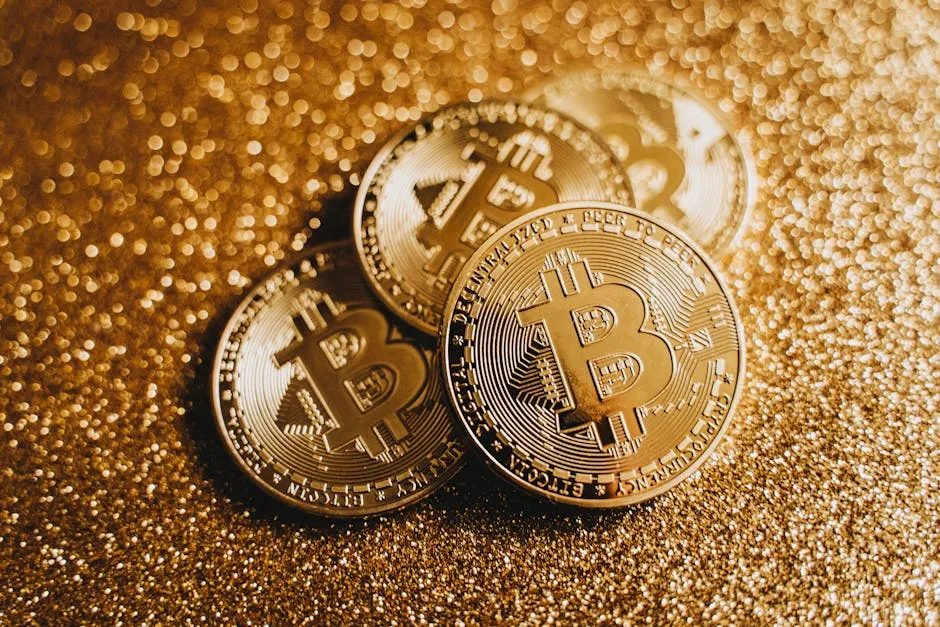
The Great Gold Dip: What It Means for Bitcoin and the Market Landscape
In a shocking turn of events, the gold market recently experienced its worst dip in years, wiping out an astounding $2.5 trillion in market capitalization. This substantial decline has raised questions about the stability of traditional “safe-haven” assets, particularly in comparison to cryptocurrencies like Bitcoin. Let’s delve into what this massive dip means for investors and how Bitcoin stacks up against gold in terms of volatility and market sentiment.
The Market Landscape: Gold’s Unprecedented Decline
Gold has long been viewed as a reliable store of value, especially during times of economic uncertainty. However, the recent dip highlights a troubling reality: even the most established safe-haven assets are not immune to market volatility. The staggering $2.5 trillion loss in gold’s market cap equates to the entire market value of Bitcoin, which has become a focal point for many investors seeking alternatives.
This dramatic decline in gold’s value prompts an essential question: if gold—perceived as a stable asset—can suffer such a significant drop, how can investors trust its reliability during turbulent times? As the market reacts, many are turning to Bitcoin and other cryptocurrencies, seeking opportunities that may offer more resilience against economic fluctuations.
Bitcoin as an Alternative Safe Haven
Bitcoin has often been dubbed “digital gold” due to its finite supply and potential to act as a hedge against inflation. However, it too has had its share of volatility. The comparison between Bitcoin and gold becomes particularly relevant during episodes of market downturns. While Bitcoin has shown impressive returns over the years, it has also experienced significant price swings that can cause concern among conservative investors.
Despite these fluctuations, Bitcoin’s decentralized nature and growing acceptance in mainstream finance contribute to its appeal. As traditional markets face turmoil, many investors are considering Bitcoin not just as a speculative asset, but as a legitimate alternative to gold.
Understanding Market Sentiment
The recent dip in gold’s market cap could signify shifting investor sentiment towards cryptocurrencies. As economies around the world continue to face challenges, the demand for assets perceived as safe or resilient may evolve. Investors are increasingly looking for diversified portfolios that include both traditional assets like gold and digital assets like Bitcoin.
Moreover, Bitcoin’s infrastructure continues to mature, with advancements in technology and regulatory clarity helping to bolster its position in the financial landscape. As more institutions incorporate Bitcoin into their portfolios, its role as a hedge against economic instability may strengthen.
Conclusion: A Cautious Approach to Investing
While the recent gold market dip serves as a stark reminder of the inherent risks associated with all investments, it also opens the door for a broader discussion about the role of cryptocurrencies in a diversified investment strategy. Both gold and Bitcoin have their respective strengths and weaknesses, and understanding these can help investors navigate an increasingly complex market.
As we move forward, it’s essential for investors to remain informed and consider a balanced approach when it comes to allocating resources between traditional assets like gold and emerging digital currencies like Bitcoin. In this ever-changing economic landscape, adaptability and insight will be key to making sound investment decisions.



